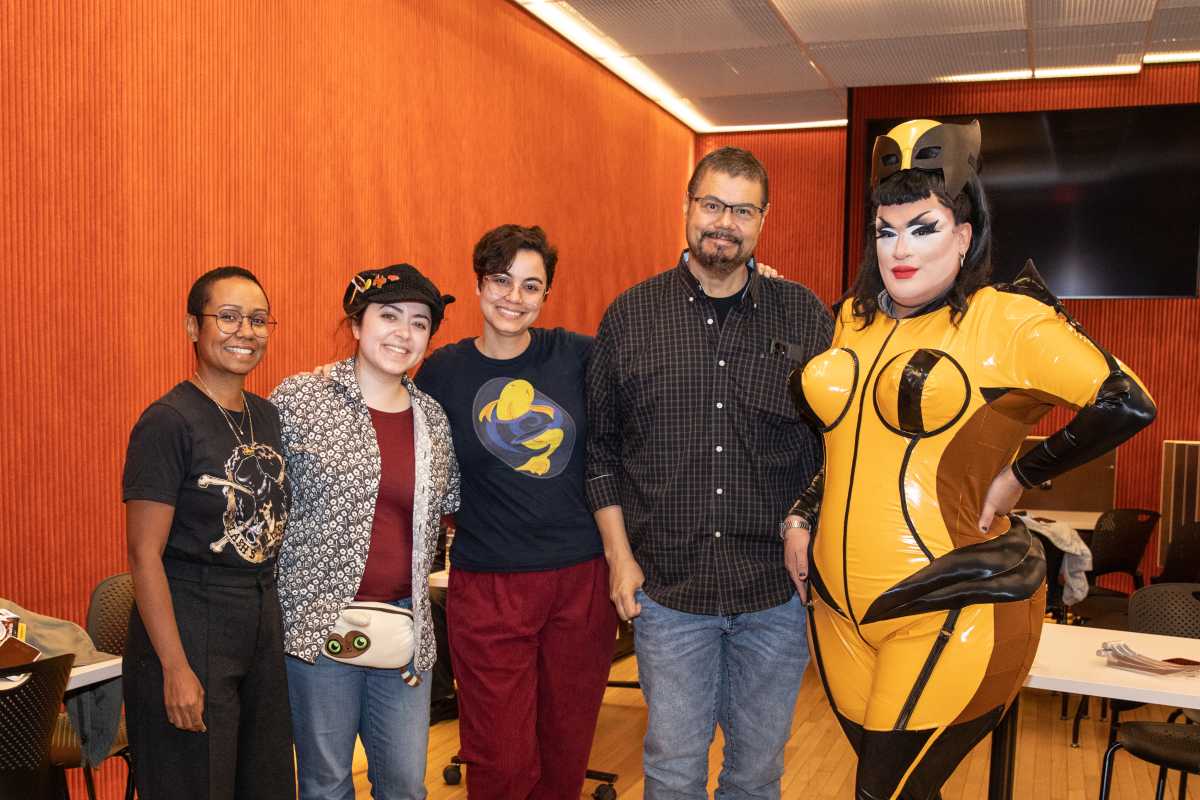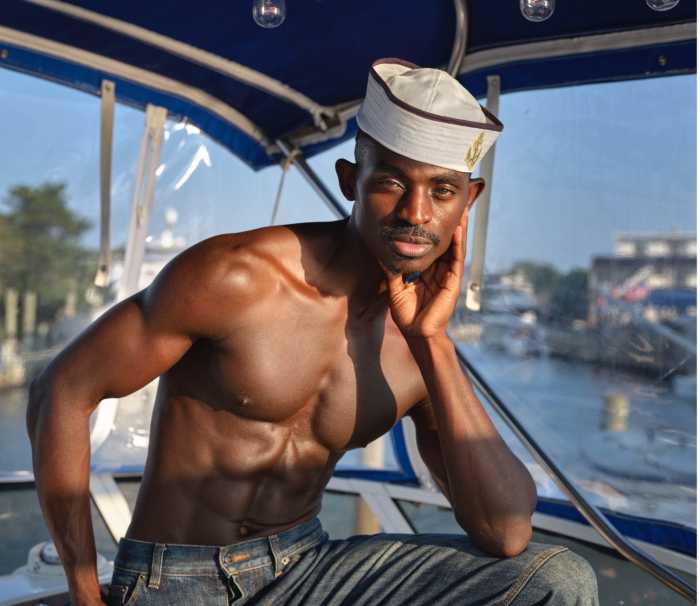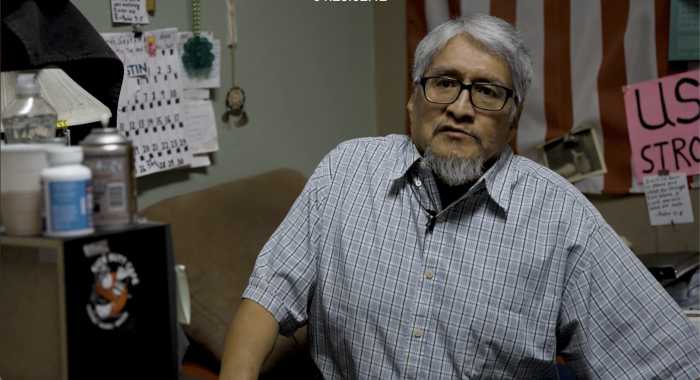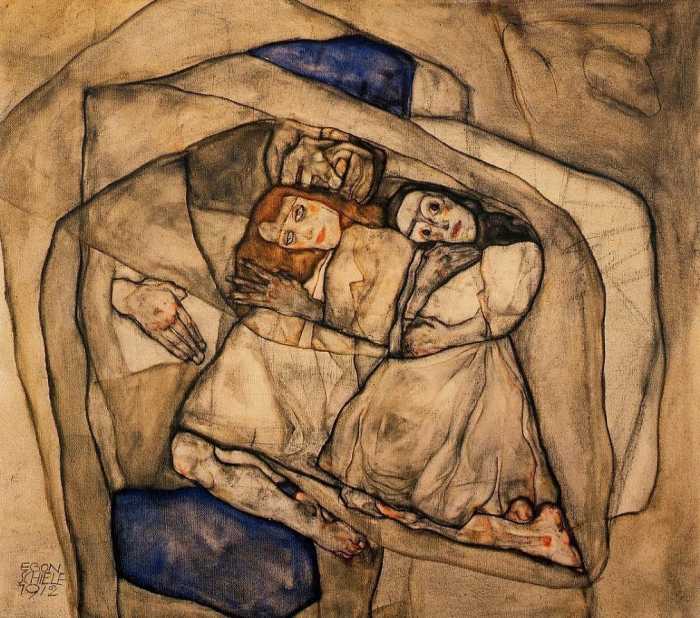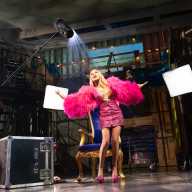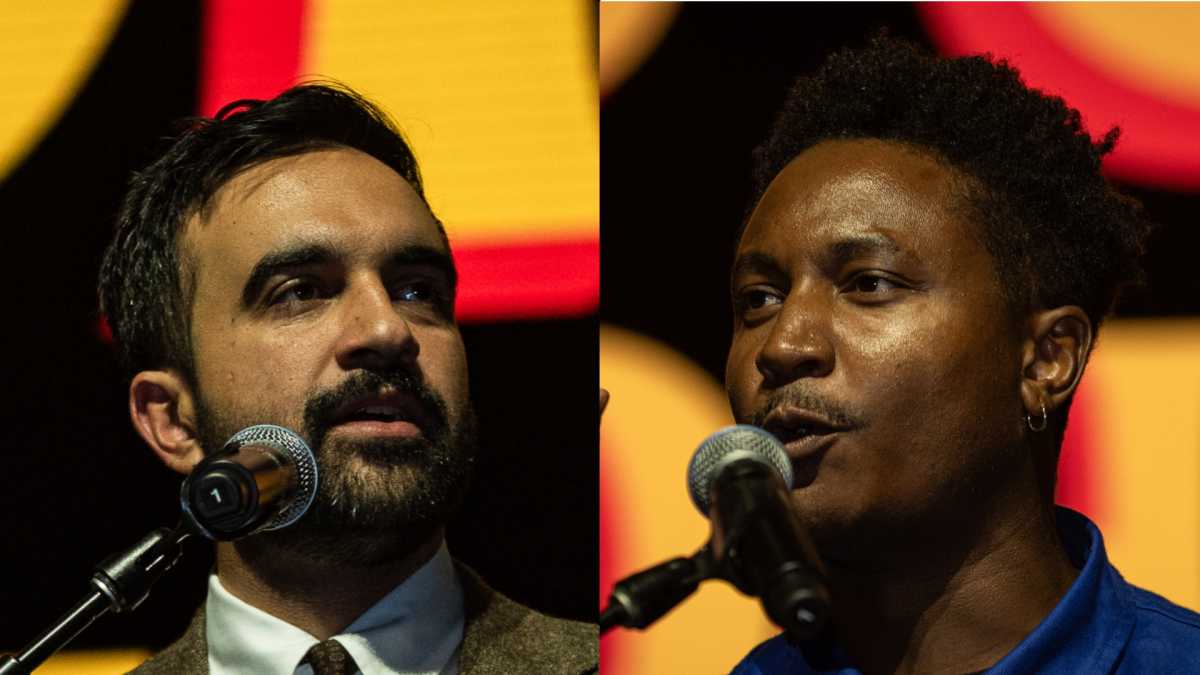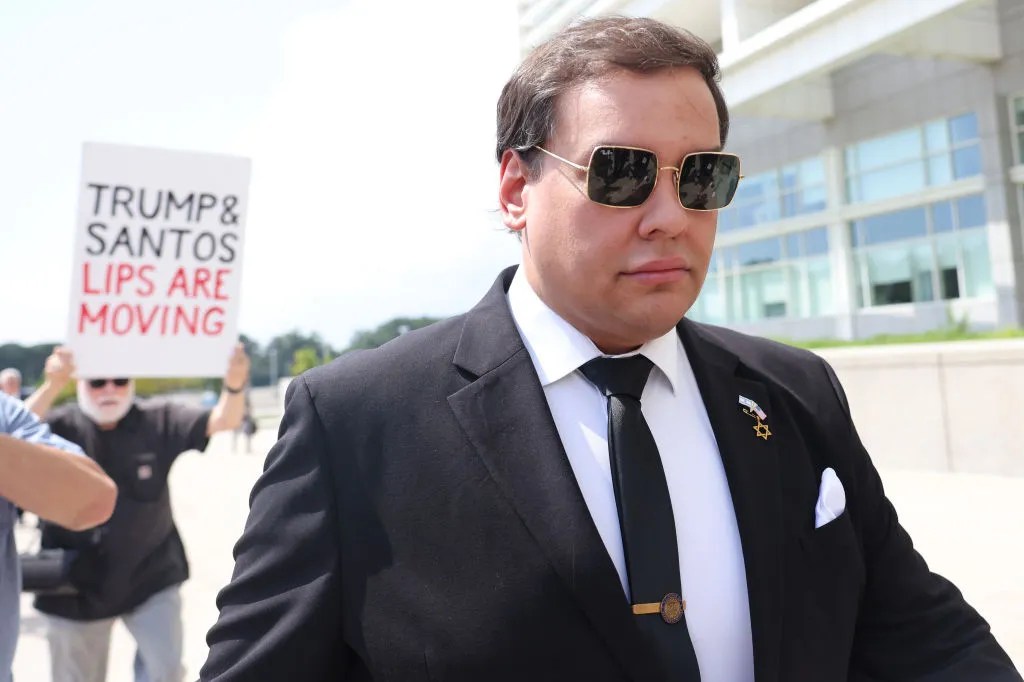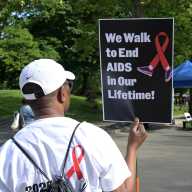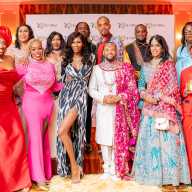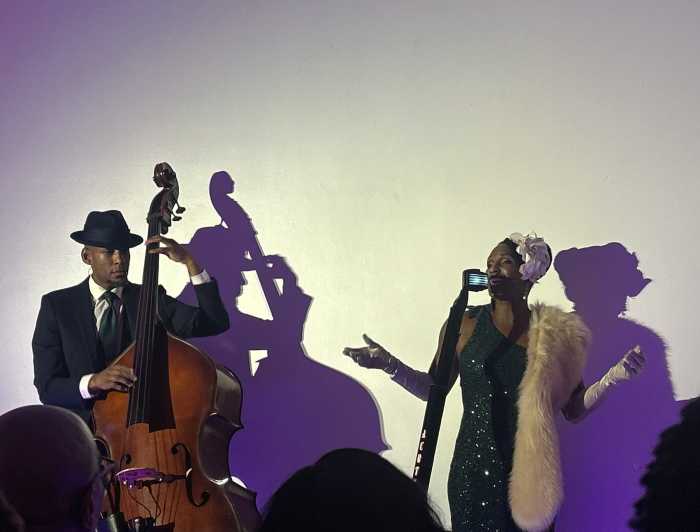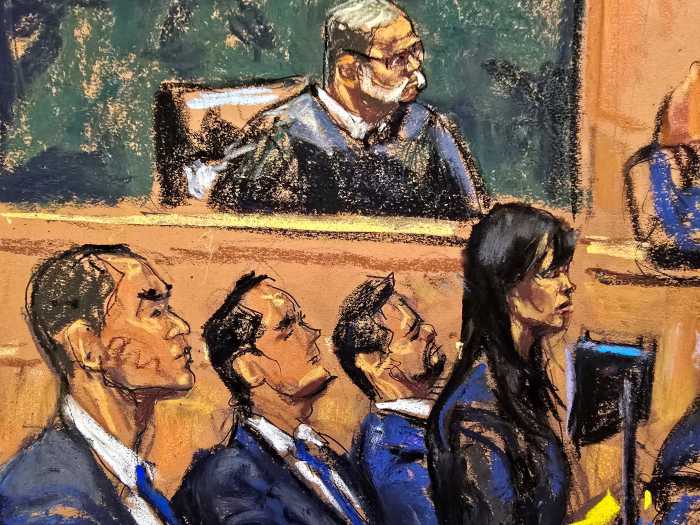A group of queer comic book artists gathered at the New York Public Library’s 53rd St. branch on Oct. 10 to engage in a panel discussion and celebrate a new exhibit, “¡WEPA! Puerto Ricans in the World of Comics,” which is on view at the Stephen A. Schwarzman building and explores the island’s history, its ties to New York City, and visions of the future and fantasy.
The event, dubbed “¡ZAS! Queer Puerto Rican Comics Celebration,” featured comic artists Ivan Velez, Sharon De La Cruz, Eliana Falcón-Dvorsky, and Mariela Figueroa, who discussed cultural heritage and LGBTQ+ identity within their work during the event. The wide-ranging conversation, which streamed live on YouTube, touched on topics of representation, self-discovery, and the recent shift from “cringe” to openly celebrating Puerto Rican identity in comic books.
It was moderated by drag artist Megami, the cosplay queen and self-described comic book geek, and the current reigning Miss Nerd, who slayed on Season 16 of “RuPaul’s Drag Race,” where she’d been notably underestimated in the lip-sync LaLaPaRuza Smackdown, making it all the way to the final battle for the title of “Queen of She Done Already Done Had Herses.”
Megami, dressed in a latex Wolverine costume at the panel, pointed out that she clearly loved X-Men.
“Unless you thought this was just my going-to-CVS outfit,” she said, “But for me growing up as both a queer kid and a Puerto Rican kid in Brooklyn, there really weren’t a lot of characters or representation that I, personally, could identify with.” But X-Men was where she found the queer rep of color she needed.
The assembled artists found their way into comics in a number of other ways.
Sharon De La Cruz, an assistant professor at NYU, said that if you’ve read her debut graphic memoir, “I’m a Wild Seed,” you’ll see references to “Xena: Warrior Princess,” whom she now sees as a lesbian icon. “I thought it was just me as a kid, like, looking at metal breasts,” she said. “I think that got me into it, and also One Saturday Morning, anyone remember?”
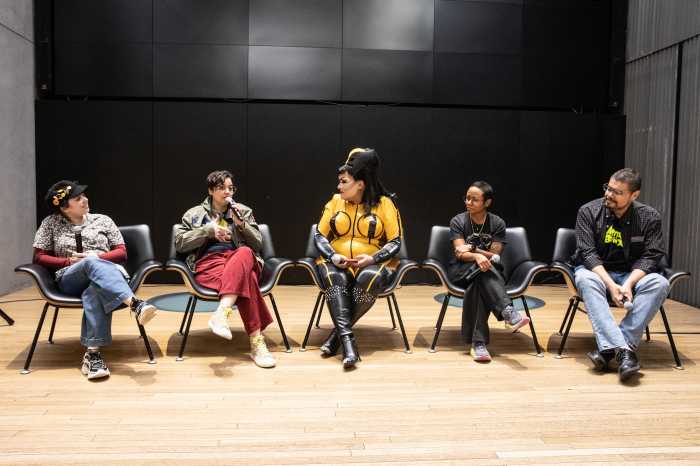
The Saturday morning block of cartoons included the popular show “Pepper Ann.” De La Cruz added, “I’m actually going to dress up as Pepper Ann this Halloween, because she is a queer icon. Absolutely.”
Though admittedly, she didn’t take comics seriously until her late 20s, when she picked up “Persepolis,” a graphic novel by Marjane Satrapi, about growing up in Iran during the Islamic Revolution. “And I realized, oh, there’s so many different types of comics that you can get into and that was really exciting for me,” De La Cruz said.
Eliana Falcón-Dvorsky, creator of the webcomic “Cosmic Fish,” said she grew up visually.
“Since I was six, even before I could write, I would draw,” Falcón-Dvorsky said. “My mom told me I would grab little notebooks, and I would illustrate stories, walk up to her, and then tell her what happened. So I think comics just always felt right. Like, even in school, I would make comics for friends and we would laugh, and then I would just move on to the next project. I was always just making comics.”
Mariela Figueroa, an animation director and storyboard artist from San Juan, Puerto Rico, said her own mother collected the Argentine comic strip Mafalda, which she would then read and draw in her own creations. She also grew up on the Cartoon Network and it was later — studying animation in Georgia in the US — that she discovered the wider world of comics and was inspired to create them herself.
“I saw a lot of queer people exploring their own lives in comics and it opened up a new world for me,” Figueroa recounted. “Animation is my passion and I love that, but comics really became a way for me to connect with other people and kind of discover myself as well.”
Figueroa observed that there has been a cultural embrace of Puerto Rican identity, influenced by public figures like Bad Bunny and events like Hurricane María. “This has made me re-evaluate how I include my heritage in my work,” she said. “I used to be subtle due to a self-consciousness that it might be ‘cringe,’ but now I want to embrace it more fully. It’s a recent shift away from self-censorship towards celebration and resistance.”
Growing up in the Bronx, Ivan Velez used comics as a coping mechanism. “Comics were a great way to just lose yourself and forget about things and pretend you’re one of them — and look at men’s chests.”
With his grandmother, he used to watch “Astro Boy” and “Kimba the White Lion.”
“And those really hit me hard because they were the first cartoons with a storyline where sad things happened,” Velez said. He connected with characters who were mistreated, like, Supergirl. And the 1976 X-Men comics were a major turning point for him because they featured characters of color, which made him question the lack of diversity in other comics.
He created the indie comic “Tales of the Closet,” published in 1985, which he called the first intervention for lesbian and gay youth. He went on to work for Milestone, the comic line started by Black creatives and other artists of color, published and distributed by DC Comics, where he created diverse characters, like, the first FTM superhero, the first mainstream gay character. “And a bunch of different characters who were Puerto Ricans, because we don’t have a lot of Puerto Ricans.” When he worked for Marvel, he wrote “Ghost Rider.” At DC Comics, he worked on “Eradicator.” “And I did a lot of kids stuff for a while,” he added.
Now he’s back on an indie project called “The Ballad of Wham Kabam,” an epic series of six interconnected comic books that tell the story of America’s multicultural history from conquest and colonization to the Civil Rights movement to the current pop cultural era, using classic superhero tropes.
To close out the event, Megami did a drag number, slipping on her adamantine claws that she worked into her choreography as she lip-synched to the Carly Rae Jepsen pop anthem “Cut to the Feeling.”
“¡WEPA!: Puerto Ricans in the World of Comics” is on view through March 8, 2026.

